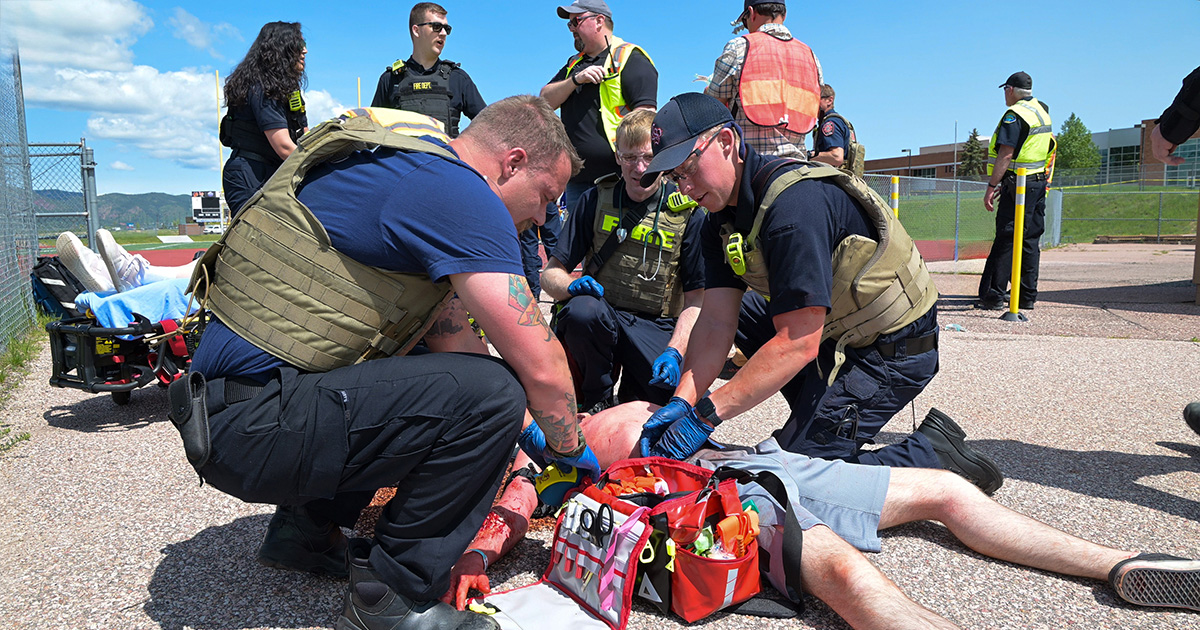In the News: Pulsara's Impact From Preparedness to Lifesaving Care
At Pulsara, it's our privilege to help serve the people who serve people, and we're always excited to see what they're up to. From large-scale...
![Building Effective Teams [Part 2]: Improving Team Outcomes](https://www.pulsara.com/hubfs/doctor-to-doctor-chat.png)
EDITOR'S NOTE: Special thanks to Megan Wittmann for writing today's blog post. You can connect with her on LinkedIn. This is Part 2 of our blog series Building Effective Teams. Click here to check out parts 1 - 5.
In Part One of my "Building Effective Teams" series, you were left to think about two questions:
Thinking about these questions may have proven to be more difficult than expected. This is not surprising though, as it is common for clinicians to be part of different teams throughout a single workday.
Think about a nurse in the emergency room: she may identify her team as the nurses, techs, and ER providers who work with her during her shift. However, when she gets alerted that a critical trauma patient is coming in, her team is expanded to include flight nurses, CT, and the trauma surgeon. This may not be the team she would identify with on a daily basis, but it is a team she is part of, and whose functions and unity during emergency events are critical.
In healthcare, the teams best equipped to handle the most complex scenarios are those that can be dynamically built as a case evolves without losing their cohesion or effectiveness. Building a cohesive team is hard work, often taking deliberate efforts and clear purpose ... not easy to do with changing membership in urgent situations. The good news is that there are key concepts and behaviors that can be applied to improve team outcomes.
We can learn a great deal about how to build cohesive teams by considering what makes teams dysfunctional. Patrick Lencioni is well known for presenting these dysfunctions in a hierarchical pyramid:
.png?width=671&name=unnamed%20(2).png)
In order to avoid these dysfunctions and develop highly effective teams, we should focus on:
These behaviors build on each other, starting with the need to build trust. In part 3 of this series, I’ll walk you through how to begin this vital first step.
In the meantime, click here to read more about the trust pyramid.
References:
Lencioni, P. M. (2007). The five dysfunctions of a team: A leadership fable. San Francisco, Calif.: Jossey-Bass.
Drexler, A., Sibbet, D. and Forrester, R. (1993). Team performance model. 1st ed. San Francisco: The Grove Consultants International.

At Pulsara, it's our privilege to help serve the people who serve people, and we're always excited to see what they're up to. From large-scale...

December Recap After an incredibly busy events year with 102 conferences, trade shows, and sponsorships, December was on the slower side for us, with...

Editor's Note: In July 2025, EMS1 and Fitch & Associates released their annual EMS trend survey, What Paramedics Want, proudly sponsored by Pulsara....